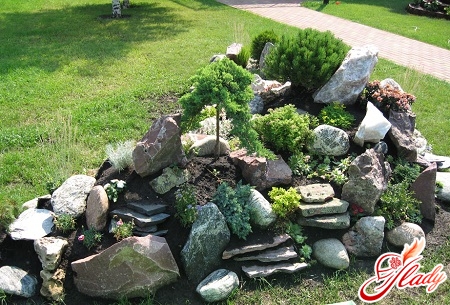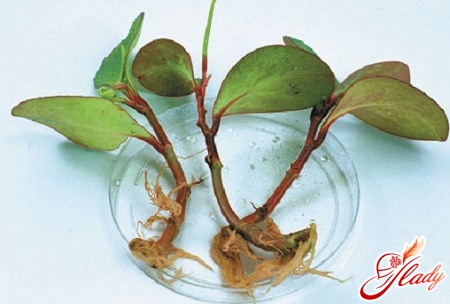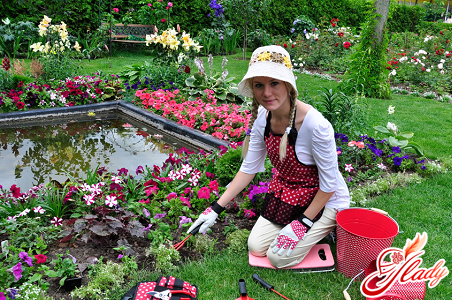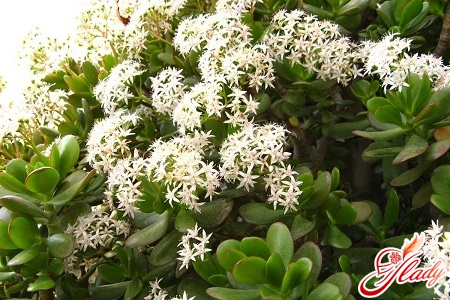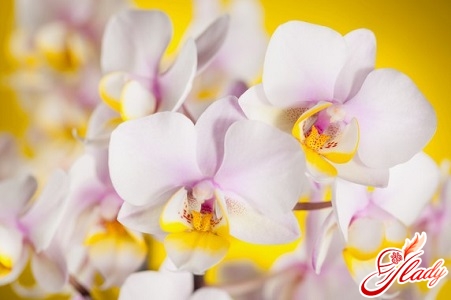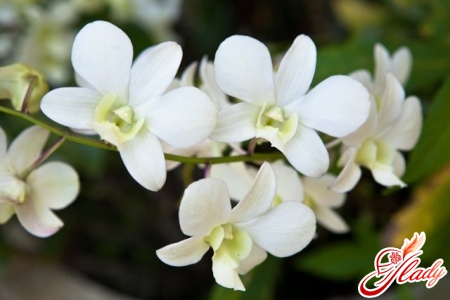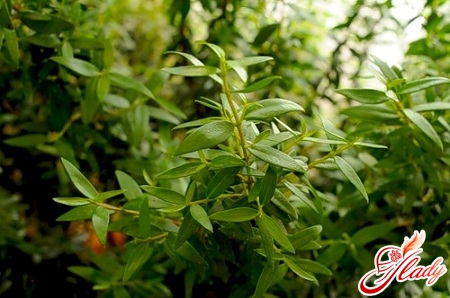 People have long attributed to plantsmiraculous properties, endowed them with magical powers and even deified them. Today, all this is quite explainable by scientifically confirmed facts of truly unusual properties of flora, which is capable of both healing and killing. However, floral symbolism still remains a mystery. All this goes so deep into antiquity that modern researchers can only make assumptions or unconditionally trust legends. For example, the myrtle tree. Why is this evergreen shrub considered a symbol of purity? Why was it chosen by Adam, who brought it from Paradise? What is this wonderful plant that has become a popular indoor flower? And how to keep this native of Eden at home, providing it with proper care and comfortable conditions? Let's try to figure it out.
People have long attributed to plantsmiraculous properties, endowed them with magical powers and even deified them. Today, all this is quite explainable by scientifically confirmed facts of truly unusual properties of flora, which is capable of both healing and killing. However, floral symbolism still remains a mystery. All this goes so deep into antiquity that modern researchers can only make assumptions or unconditionally trust legends. For example, the myrtle tree. Why is this evergreen shrub considered a symbol of purity? Why was it chosen by Adam, who brought it from Paradise? What is this wonderful plant that has become a popular indoor flower? And how to keep this native of Eden at home, providing it with proper care and comfortable conditions? Let's try to figure it out.
Historical reference
As one of the legends (Arabic) says, myrtlecame to us straight from Paradise. Expelled Adam brought it with him to the sinful earth, as a kind of souvenir that would allow him to remember the carefree life and the heavenly groves. That is why myrtle became a symbol of not only heavenly happiness, but also hope (for a return to blessed times?). According to Jewish legend, Zechariah, who appeared in a myrtle bush, announced the restoration of the Kingdom of Israel. Hence another symbolism of myrtle - an emblem of peace. The ancient Greeks considered myrtle to be the flower of Aphrodite and symbolized beauty and youth. And in Ancient Egypt, myrtle was associated with the afterlife or life after death, since according to one legend, it grew from the body of a young murdered woman. That is, she was reborn in a myrtle tree. By the way, in ancient times, graves were decorated with myrtle branches, which is where the tradition of laying funeral wreaths and garlands came from. Do you remember the legend about the apple of discord? So Paris, who gave Venus the apple (the "crown" of the beauty queen), was supposedly seduced not by the beauty of Venus herself, but by the beauty of the myrtle wreath that adorned the contestant's head. And the head of the god of marriage, Hymen, was adorned with the same wreath. Well, love, marriage, myrtle and, as a result, a new symbol (of love and marriage). However, symbolism is symbolism, and myrtle trees are grown in houses more for aesthetic reasons than as talismans. This evergreen bush is so beautiful, as if it really adorned the Garden of Eden. But how was it in reality?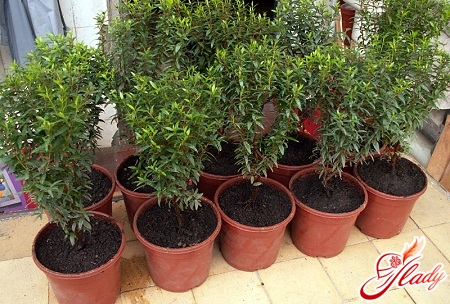
Botanical information
Myrtle is a whole genus of evergreen trees.plants of subtropical climate. Myrtle is remarkable in that its leaves contain essential oils and smell no less than flowers. And blooming myrtle is not only a beautiful phenomenon, but also fragrant. Perhaps this is why myrtle groves are associated with heavenly gardens. Essential oils of the myrtle tree have long been used to make incense. And the buds of the clove tree (one of the varieties of myrtle) are still used as the most famous spice - cloves. Indoor myrtle tree or bush is common myrtle or compact myrtle. Man has not managed to "domesticate" any other type of myrtle. Indoor common myrtle is an evergreen shrub with a woody stem that can be formed and grown in the form of a small tree. A domestic myrtle tree never grows higher than two meters, and blooms and begins to bear fruit after the third year of life. The leaves of the common myrtle are ovoid, dark green and shiny, about five centimeters in size. The flowers are small, fluffy, white or pinkish. The compact myrtle is distinguished by its miniature size and narrower leaves, as well as black decorative berries that appear on the plant after flowering. The myrtle tree is a long-lived plant among indoor flowers, which has not yet fully adapted to living in a confined space. Therefore, indoor myrtle requires special care. And although in general myrtle is considered an unpretentious plant, you still need to know the intricacies of its cultivation.
Care for myrtle tree
So, you have a peaceful tree - howухаживать за ним, чтобы он не только легко перенесло переселение, но и продолжало расти в вашем доме, чтобы его обошли стороной болезни и не терзали вредители? Особенный уход объясняется происхождением этого растения. Так как мирт родом из субтропических лесов Средиземноморья, то для его успешного проживания в комнате нужно создать похожий микроклимат. Главное, что необходимо мирту – повышенная влажность. Поэтому деревце нужно не только регулярно и хорошо поливать, но и периодически опрыскивать. Поливают миртовый куст только мягкой, хорошо отстоянной водой. В теплое время года мирту для комфортного существования нужно обеспечить температурный режим в пределах 18-23 градусов. В это время основной уход сводится к поддержанию температурного и светового режима, так дерево в данный период нуждается в ярком освещение. Если есть возможность перемещать горшок с деревцем на свежий воздух, то выставляйте его на балкон или вообще переселите на лето в сад – но открытом воздухе миртовое деревце буквально оживает и чувствует себя превосходно. Мирт легко переносит прямые солнечные лучи, но нуждается в притенении в особо жаркую погоду. Поливать миртовое дерево нужно так, чтобы земля в горшке всегда оставалась слегка влажной. В то же время ни в коем случае нельзя допускать застоя воды, который вызовет загнивание корней и гибель растения. Кроме того, в переувлажненной почве легко заводятся и размножаются вредители (щитовки и белокрылки). Поэтому поливать миртовое дерево лучше часто и регулярно, но не обильно. А еще лучше устроить в поддоне горшка дренаж из пористых камешков. В зимнее время растение желательно перенести в прохладное место. Если в комнате температура будет слишком высокой, то деревце начнет сбрасывать листья. Однако опытные цветоводы утверждают, что с наступлением весны мирт быстро приходит в форму, выбивая новые почки и восстанавливая крону. Так что поддержание нужной температуры, регулярный полив и опрыскивание составляют основной уход за этим растением. Но только к этому уход не сводится. Как любым растениям-долгожителям мирту необходима периодическая пересадка. Делать это лучше всего раз в год с наступлением весны, выбирая для дерева в почву с нейтральной кислотностью. Более частая пересадка (два-три раза в год) может понадобиться лишь в начальный период развития деревца. Если вы формируете крону дерева, то обрезку желательно проводить именно в этот период. Однако дополнительная стрижка в течение лета мирту не навредит. Обрезка позволит не только придать желаемую форму кроне, но и сделает ее гуще. Размножение мирта в домашних условиях – процесс буквально элементарный. Размножать его можно обычным черенкованием, используя в качестве посадочного материала зеленые черенки. Особенно удобно это делать после обрезки, выбирая самые крепкие и здоровые экземпляры. Черенки ставят в стакан с водой или же помещают в мокрый песок. Укореняются черенки достаточно легко, но долго — в течение двух трех месяцев. Ошибочный уход за миртом – переувлажнение или пересушивание почвы, а также слишком частые подкормки. Удобрять это растение нужно не чаще двух раз в год. Первую подкормку желательно делать весной с началом активного роста побегов, а второй раз подкармливать мирт необходимо в период бутонизации. А вот внекорневые подкормки (опрыскивание) мирту не повредят. Так что используйте для этого любое комплексное удобрение, проводя опрыскивание примерно раз в десять дней. 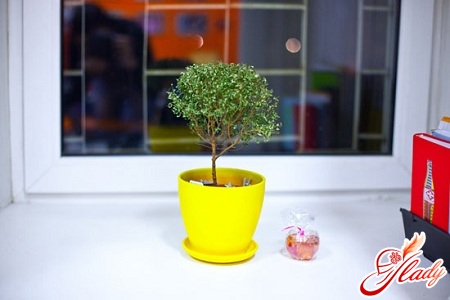
Properties of the Myrtle Tree
Myrtle leaves secrete essential oils all year round and therefore constantly retain their healing power. And what are the properties of the myrtle tree?
- First, myrtle is able to disinfect the air in the room, destroying harmful microorganisms. This is the main bactericidal property of the myrtle tree.
- Secondly, the essential oils of myrtle have a rejuvenating effect and have a beneficial effect on the nervous system of man and on the work of the heart.
- Thirdly, this plant is able to improve mood and stabilize the emotional background.
- And myrtle is considered a kind of indicator of family relations. They say that in a house that often quarrels, this plant does not take root.
Myrtle leaves can be used to make healing infusions.tincture and take it for infections and inflammations, and also use it instead of brilliant green and iodine. Myrtle flowers and leaves can be added to tea, and simply inhaling the aroma of this amazing indoor tree is very useful and pleasant. This is such an unusual and legendary plant: myrtle is the tree of the heavenly bushes. We recommend reading:




